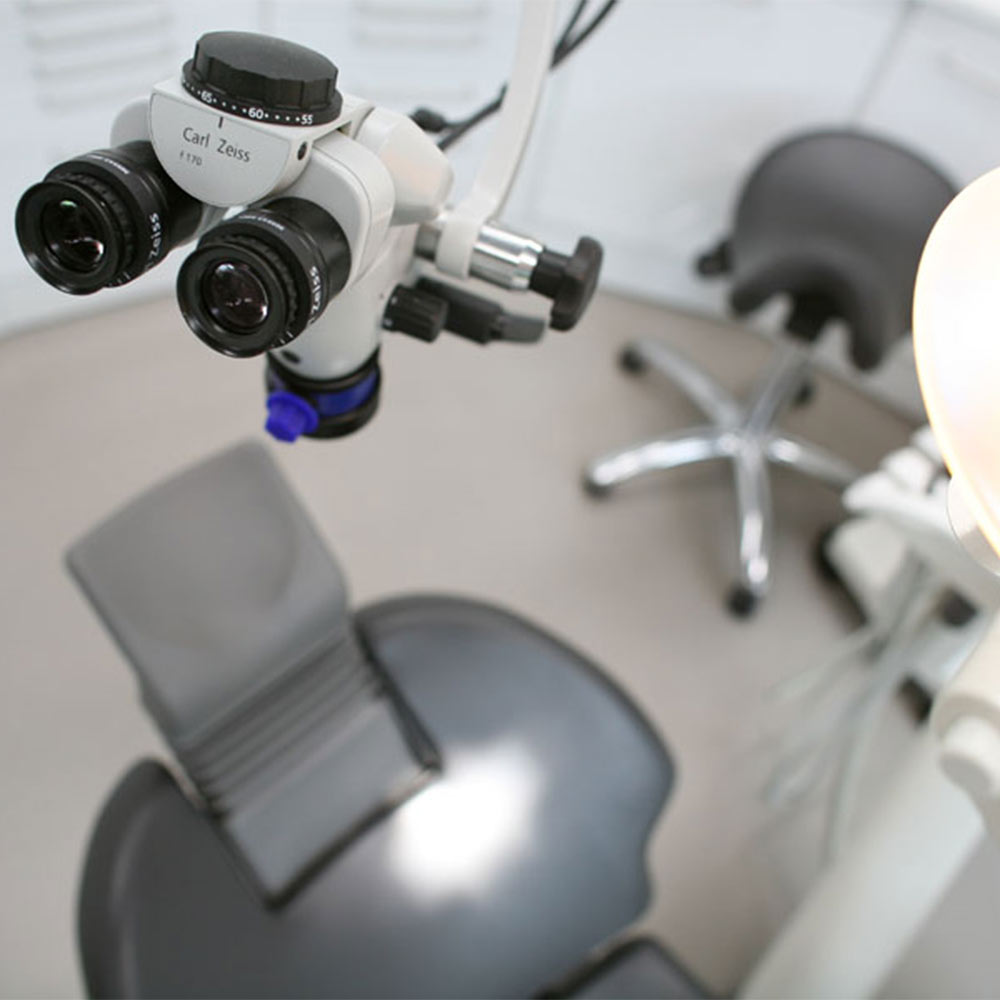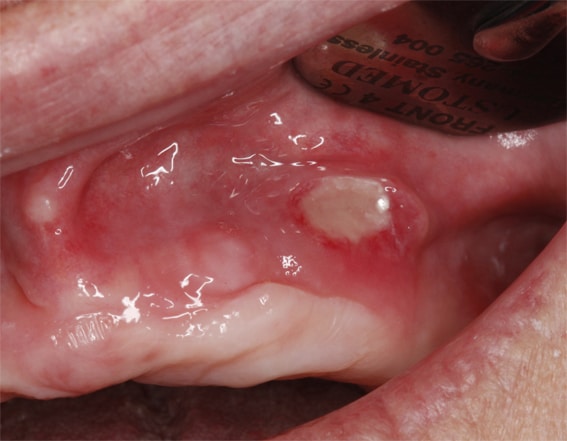Living with a removable prosthesis
The fitting of a new removable prosthesis is generally followed by a period of adaptation lasting from a few weeks to a few months.

The adaptation time is unique for each patient and each prosthesis. It is multifactorial and variable, and depends, among other things, on :
- the patient’s age,
- oral anatomy,
- appliance design,
- personal motivation,
- acceptance of the treatment plan,
- the patient’s general state of health,
- many other factors…
During this phase, the practitioner follows the patient at a frequency that is specific to each case in order to help him or her integrate the new prosthesis as best and as quickly as possible.

The problems most frequently encountered in this first phase are :
- subprosthetic injuries,
- instability,
- feeding and phonation difficulties,
- increased salivation,
- a sensation of a foreign body in general.
Practical advice
In the case of partial removable prostheses, it is often possible to reduce movement by reactivating the clasps, which then grip the teeth more tightly.
Should retention prove inadequate with time and the adjustments mentioned above, it is possible to increase retention by fixing prostheses to implants.
In the case of immediate prostheses (= with extractions and prosthesis fabrication at the same time), bone resorption at the extraction sites is very high in the months following treatment. The result is a gap between the prosthesis and the gingiva, resulting in reduced hold and increased passage of food under the appliance. Temporary adjustments are made to follow the anatomical evolution, and 4 to 6 months after the end of treatment, the denture must be relined to compensate for this natural bone loss.
Throughout a patient’s life, bone remodels itself, and in edentulous regions, a reduction in bone quantity is perpetual and unavoidable without implant placement. The amount and speed of this bone loss varies from patient to patient. The result is reduced support for the prosthesis, which can break more easily.
Re-basing at regular, patient-specific intervals should therefore be considered to reduce the risk of cracking and fracture, and to improve the stability and hold of a prosthesis.